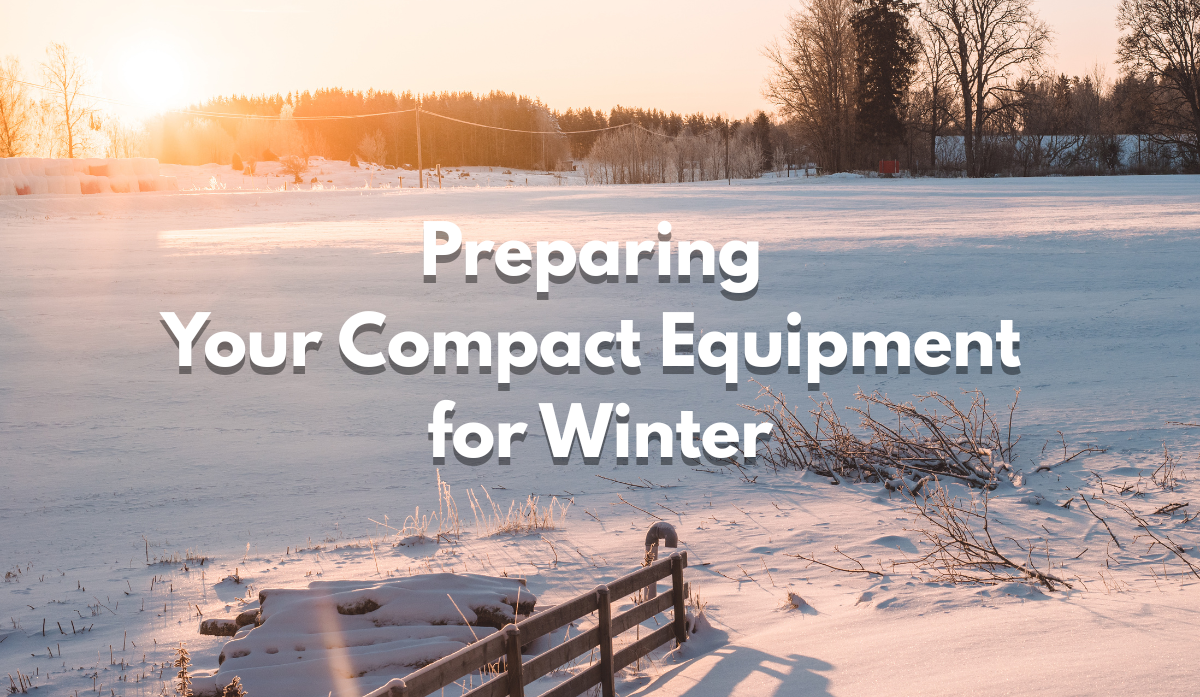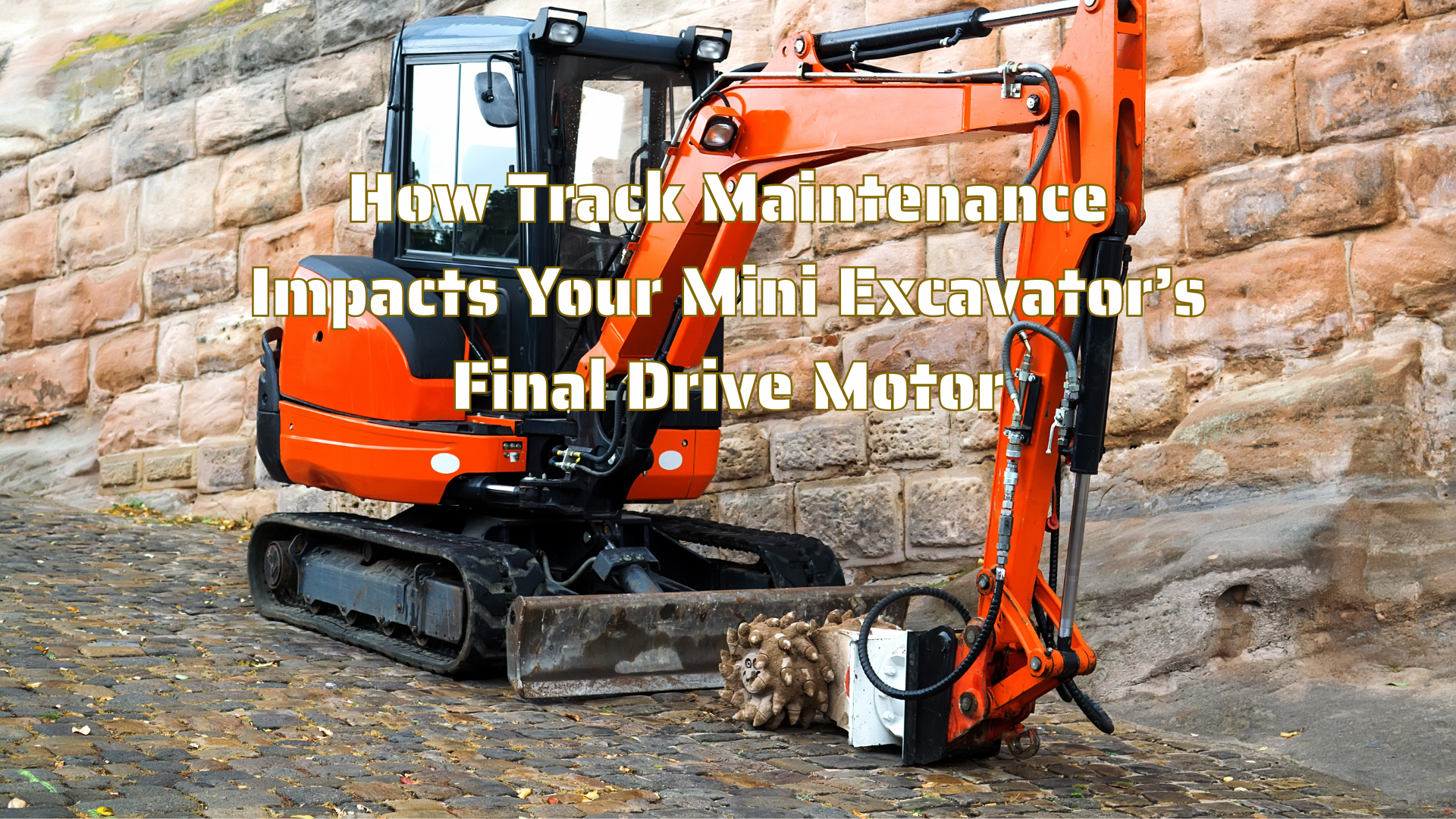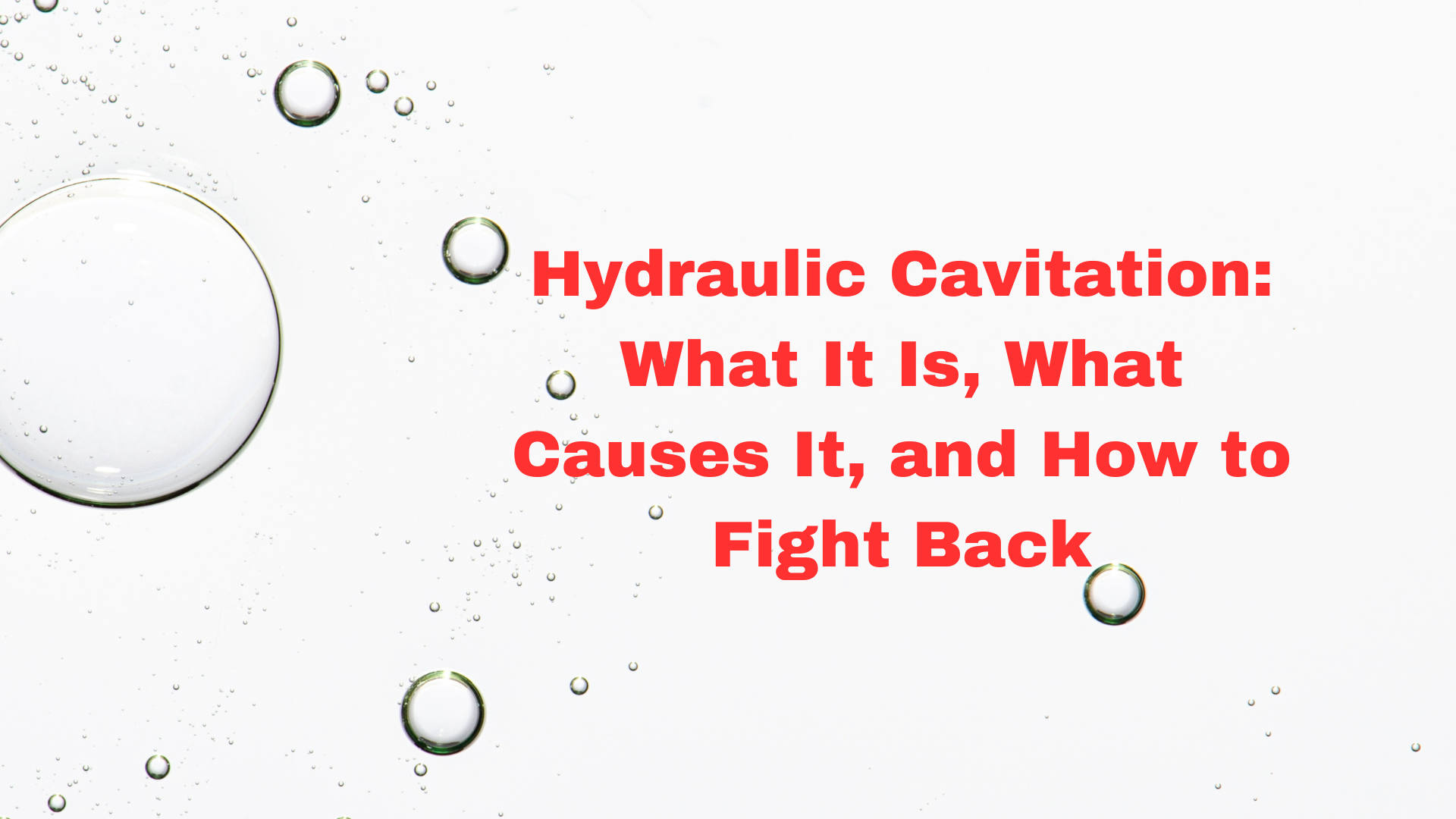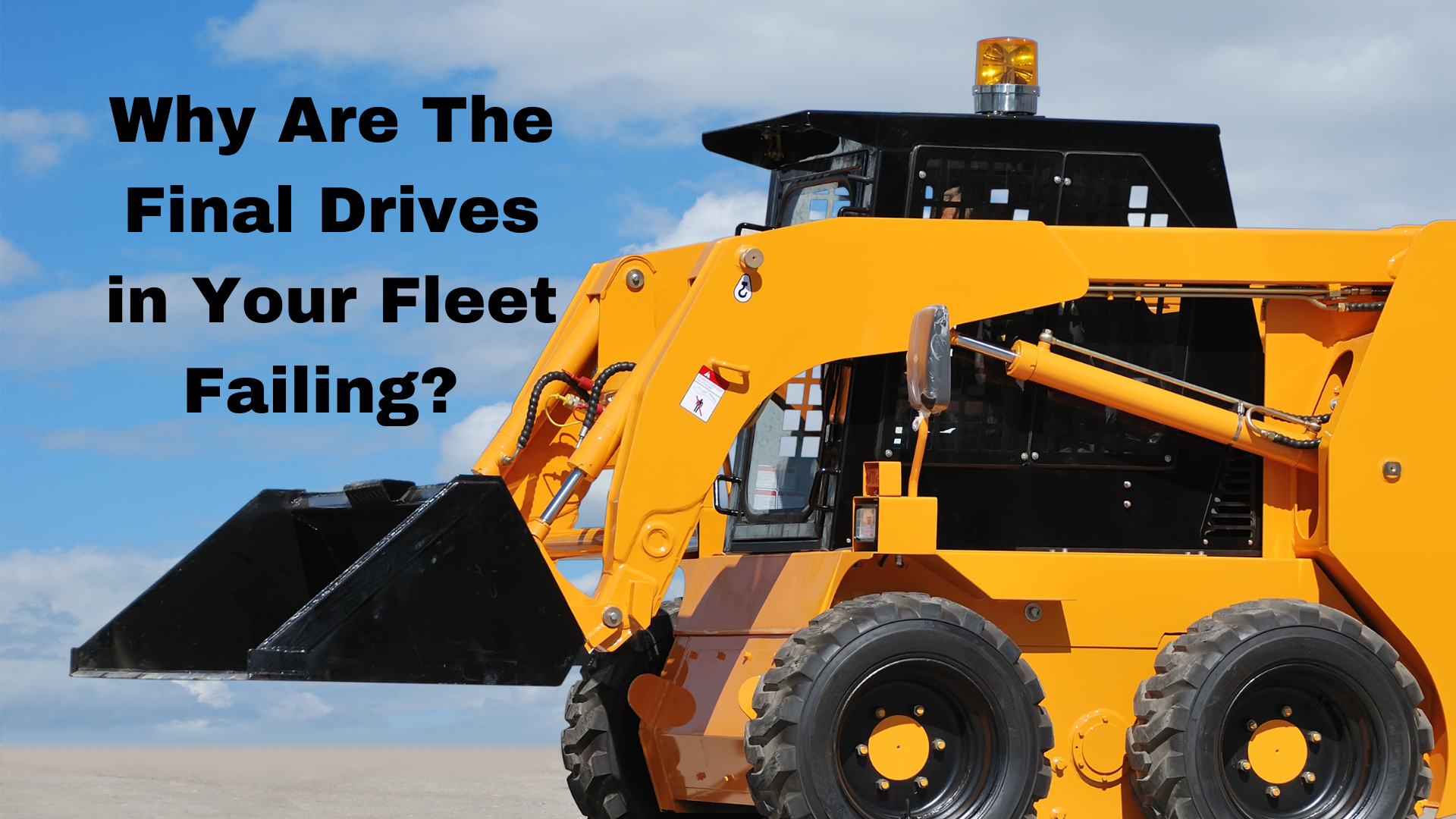3 Signs of Lubrication Starvation in a Final Drive Motor
Nov 25th 2018
Simple Investment in Life of Final Drive Motor
Lubrication is more than a maintenance task — it is a direct investment in the life and quality of your equipment. Failure to keep your final drive lubricated is a major issue, so in this blog post we are going to look at some of the signs of lubrication starvation in a final drive.
Heat
Heat is one of the first signs of a lubrication issue. When there isn’t enough lubrication between two contacting metal surfaces, friction will increase; friction, in turn, generates heat that is supposed to be conducted away from the key components in your final drive by the lubricants. However, without enough lubrication the heat won’t be conducted away — it will simply continue to build up.

How do you know heat is becoming a problem? Well, you might touch the outer casing of the final drive and notice its hot to the touch or you might notice the final drive cover plate or hub steaming when it comes in contact with moisture. That is not the norm — that much heat buildup means you need to check the gear oil levels in your final drive right away.
Now, let’s talk about another major issue with heat: heat isn’t just a symptom of problems but is a source of further problems.
Welding and Galling
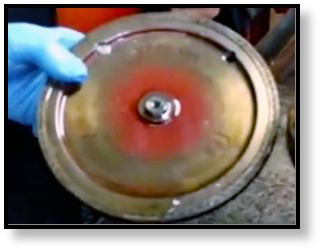
As heat builds and there is not enough lubricant to conduct it away, temperatures can rise to the point that metal surfaces in contact will begin to weld to each other. When that weld is broken through motion, a tiny sliver of metal comes loose. In this picture you can see a final drive cover that has brass slivers all over its inner surface — that’s not a good thing to see when you open up a final drive!
If you discover that your gear oil is filled with metal shavings like the you can see in the image, you know that you have some serious lubrication problems. This can lead to a destructive cycle known as welding and galling. Once galling starts, it spreads very quickly and can destroy key components in your final drive.
If you check the gear oil for your final drive and notice metal shavings, you need to change the gear oil and check for leaking seals that are allowing the gear oil to leak out.
Noise and Vibration
Did you know that lubricants actually work as noise and vibration dampeners?
And that leads us to another indicator of lubrication issues: unusual or excessive noise. When a final drive begins to run very low on gear oil, the operator will probably notice some significant vibration, if not unusual noises, too. Operators will be the first to notice issues with noise and vibration because they are accustomed to the way their equipment usually runs.
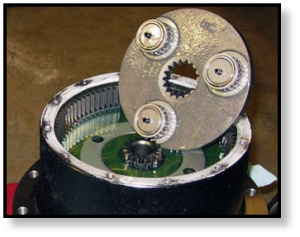
Complaints or comments along these lines should never be ignored. When equipment suddenly develops some new vibrations or odd noises, it might be time to check the lubricant levels.
Conclusion
Failure to keep your final drive properly lubricated can, quite literally, destroy it and cost you thousands in repairs and replacements. Take the time to watch for the warning signs of lubrication starvation, and follow manufacturer guidelines for checking and changing the gear oil regularly. Failure to do so will lead to very expensive repairs and extensive downtime for your equipment.



